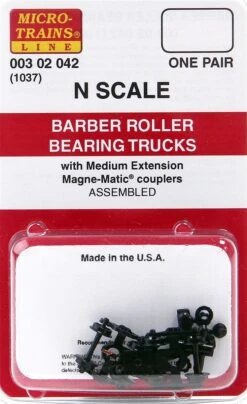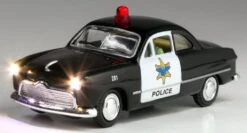Although covered hoppers had achieved widespread use by the 1950s, it wasn’t until the following decade that they began to carry North America’s grain harvest. Prior to the 1960s, U.S. and Canadian farmers sent their wheat and other grains to market in 40′ box cars. The crop was packed in sacks or in cars with disposable grain doors that covered most of the door opening and turned the car into a rolling grain bin. Either way, loading and unloading was labor-intensive and time-consuming.
The centerflow’s key innovation was the elimination of the center sill by relocating the car’s main support beams to the bottom edge of each side. This enabled the discharge hopper doors to be located along the centerline of the car, allowing for easier, more complete unloading and banishing the problem of caking on the center sill. In addition, the car sides were curved to allow for more complete filling of the car. Stub center sills at each end provided a place to mount the trucks. The centerflow was the first larger-capacity covered hopper designed for grain and products of similar density.
By the 1980s, ACF’s centerflow, along with covered grain hoppers from other builders, had spelled the end of the 40′ box car in grain service. In addition to grain, centerflows found work hauling a variety of other light to medium-density dry commodities, including salt, clay, chemicals, phosphates and other minerals.
Features:
Intricately Detailed Durable ABS Body
Metal Wheels and Axles
Die-Cast 4-Wheel Trucks
Operating Die-Cast Metal Couplers
Colorful, Attractive Paint Schemes
Fast-Angle Wheel Sets
Needle-Point Axles
1:48 Scale Dimensions
Operates On O-31 Curves (3-Rail)
Be the first to review “Atlas Premier O 3009959 3-Bay Centerflow Hopper, Union Pacific” Cancel reply
Related products
HO Scale
Walthers Mainline HO 910-5536 85′ General American G85 Flat Car, Trailer Train (TTX Brown) #300113












Reviews
There are no reviews yet.